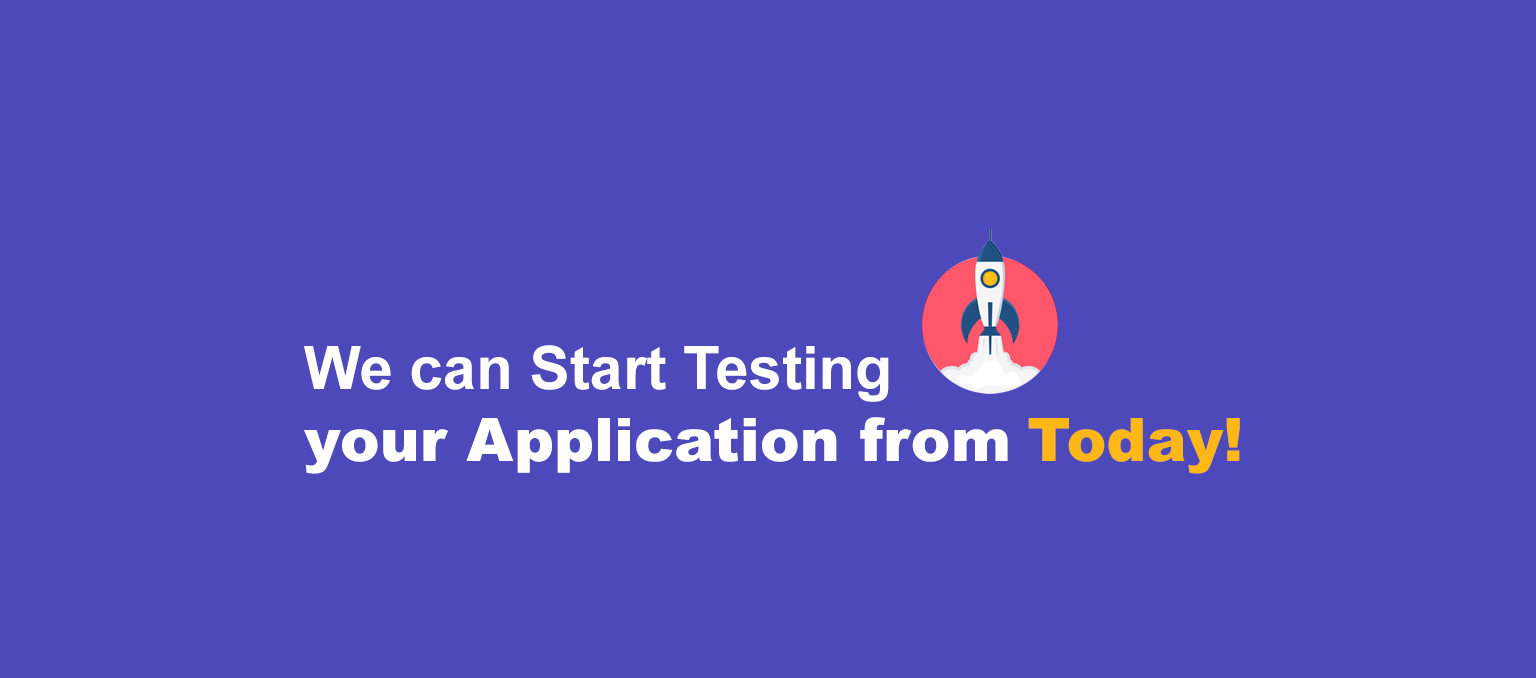The Scaled Agile Framework® (SAFe) is an online knowledge base of Tested principles to apply Lean-Agile (continuous delivery and improvement) at enterprise level. It provides a simple and lightweight experience for the software development team.
SAFe is most-popular among enterprise organizations as many of its facets focus on eliminating the common challenges teams face when scaling agile. Developed in the year 2011 to help software development teams bring better quality products to market at a faster pace. It was originally called the “Agile Enterprise Big Picture” by software-industry veteran Dean Leffingwell, who published the bestselling book Agile Software Requirements Before SAFe- when we used to build large and complex systems using Agile Methodology, the results were delayed delivery and the quality was not that great, as a result, the customer experience was also not great. SAFe tries to address these issues and software testing companies who have adopted these frameworks have shown amazing result.
When to Use Scaled Agile Framework
To fix the following inefficiencies SAFe is used.
- Difficulty in coordinating multiple teams working on a large-scale project
- Coping with longer planning horizons
- Increased effort in keeping track of multiple sources of requirements
- Un-mapped dependencies creating unexpected issues and obstacles
SAFe Core values
1. Alignment: It is necessary to keep up with the rapid change. More importance should be given to enterprise business objectives over team goals. .
2. Built-in quality: Ensures every element and increment that’s being built is of same slandered of quality.
3. Transparency: To achieve best results transparency within the organization is really important. Transparency & trust ensure that the business and development can confidently rely on another, particularly in times of difficulty.
4. Program execution: Leaders participate as Business Owners in Program Increment (PI) planning and execution, while aggressively removing impediments.
SAFe Principles:
- Take an economic view
- Apply systems thinking
- Assume variability; preserve options
- Build incrementally with fast, integrated learning cycles
- Base milestones on objective evaluation of working systems
- Visualize and limit WIP, reduce batch sizes, and manage queue lengths
- Apply cadence, synchronize with cross-domain planning
- Unlock the intrinsic motivation of knowledge workers
- Decentralize decision-making
- Organize around value
Highlights of SAFe
- Agile Release Train: Is a long lived team of Agile teams, which, along with other stakeholders, incrementally develops one or more Solutions in a value stream.
- Continuous Delivery Pipeline: Describes the workflows, activities, and automation needed to provide a constant release of value to the end user.
- Customer Centricity: Is a mindset that focuses on creating positive experiences, such as the customer journey, which takes buyers through the full set of products and services that the enterprise offers.
- Program Increment (PI): Is a time box in which an ART delivers incremental value. PIs are typically 8 – 12 weeks long, and the most common pattern for a PI is four development Iterations followed by one Innovation and Planning (IP) iteration.
- Innovation and Planning (IP) Iteration: Provides the teams with an opportunity for exploration and innovation, dedicated time for planning, and learning through informal and formal channels.
- ScrumXP: ScrumXP uses the Scrum framework for managing the team and their work as well as XP derived quality practices.
- Team Kanban: Is a method that helps teams facilitate the flow of value by visualizing workflow, establishing Work in Process (WIP) limits.
- Built-In Quality: Ensures every solution increment is high in quality and can readily adapt to change.
Challenges with SAFe:
As explained above SAFe agile is to overcome Agile’s pitfalls, however every model have some challenges and so does SAFe. A few of them can be as follows:
- Primarily Top-Down Decision Making: Due to which it Possesses Similarities to waterfall model.
- Terminology Heavy: There are 4 levels in SAFe. Coupled with its use of Lean, Agile, and;
- System Thinking: It does end up with a significant amount of terminology and body of knowledge.
In short, SAFe is a framework which gives us alignment not only with the team(lower level) and program level(middle) but also helps us align to with organization strategy(top level) and how a team’s works in adding value to customers right from the top level. It is available in different configurations, and companies can take advantage of it.
SAFe comes in various configurations, depending on the specific needs of an organization. These configurations include Essential SAFe, Large Solution SAFe, Portfolio SAFe, and Full SAFe, each offering different levels of guidance and complexity to address different organizational contexts.
It’s important to note that while SAFe is widely adopted in many enterprises, it’s not the only approach to scaling Agile practices. Organizations should carefully assess their own context, needs, and culture before deciding on the best approach to scale Agile within their organization.


